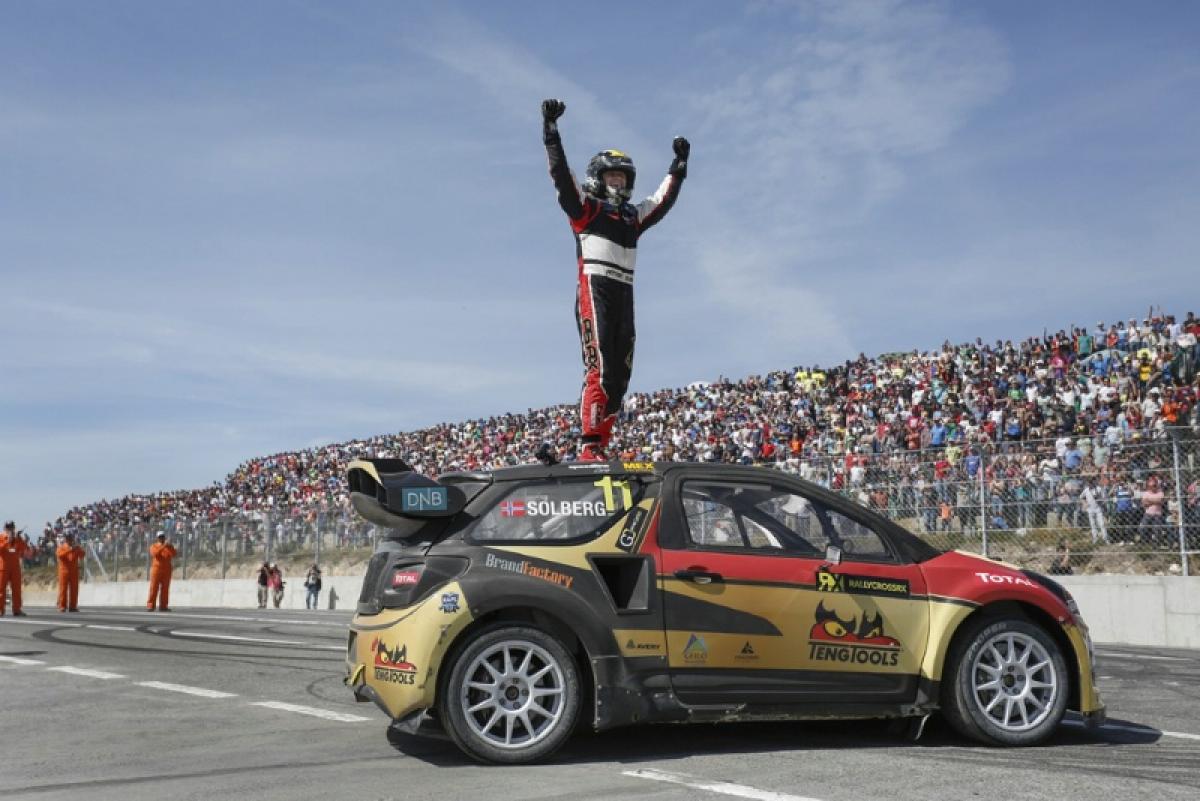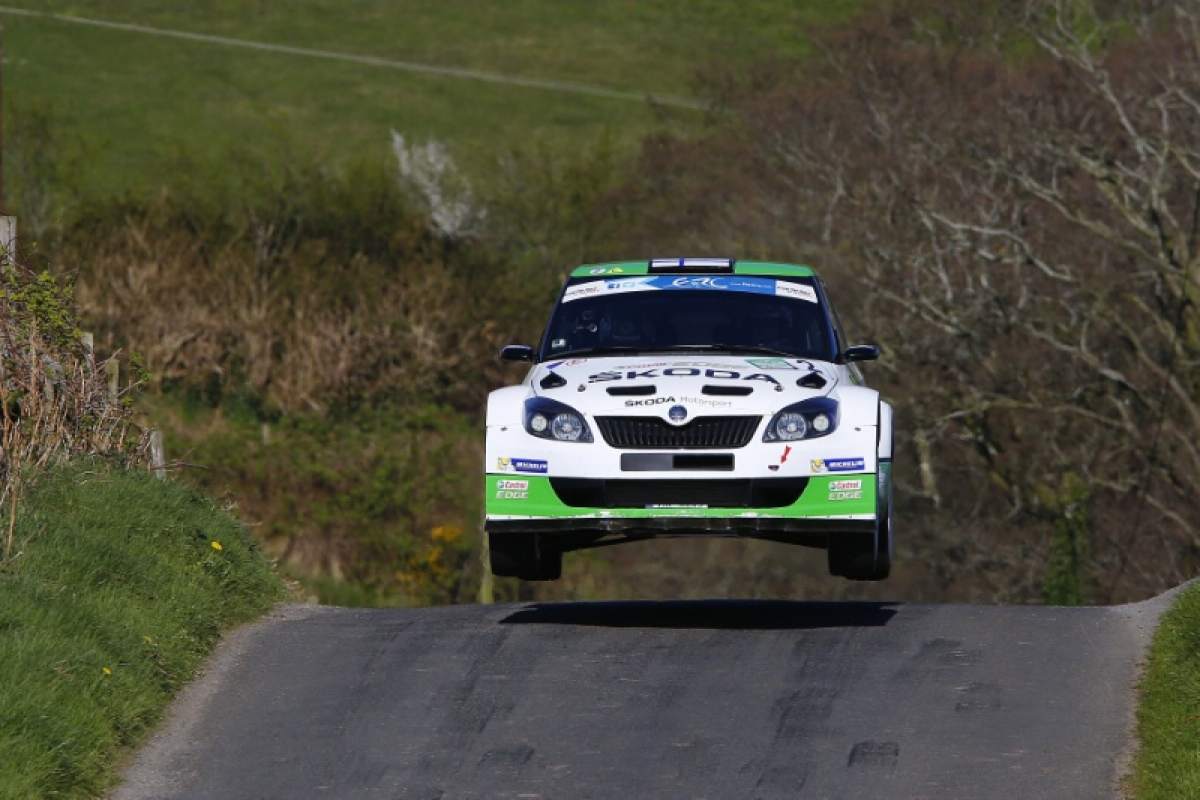Willy Rampf, Volkswagen - Q&A

Willy Rampf, technical director of Volkswagen Motorsport, regards his daily goal as to be the fastest. This applies to the cars built under his leadership, and for the development itself. His motto: "Any mistakes you do not rule out 100 per cent, are 100 per cent guaranteed to reoccur".
Rampf joined the squad in 2011, having previously held the same position with the Sauber F1 team. Here in an interview - kindly supplied by Volkswagen Motorsport - he discusses freedom, innovation and rally highlights...
Q:
Total freedom, or creativity within strict limitations - what appeals most to a motorsport engineer?
Willy Rampf:
Given the chance, I believe ten out of ten engineers would select total freedom, because that is most interesting at first glance. However, that would probably be unaffordable in motorsport. As such, designing a car within strict boundaries makes the most sense. That kind of regulation applies to all the competitors. This means that wherever the creative minds and best engineers are at work, that is also where the best technological solutions are developed. The challenge for the engineers is to be just as grand within a restricted environment.
Q:
What is the big challenge for a technician in the World Rally Championship?
Willy Rampf:
The performance of a WRC car is heavily dependent on the mechanical design. As such, the suspension and the chassis play a hugely important role. What aerodynamics is to a Formula One car, mechanical grip is to a World Rally Car. That means that we engineers are essentially striving for optimal handling on different surfaces and in different weather conditions.
Q:
What three keywords best describe what is so special about a World Rally Car, and why?
Willy Rampf:
The drivers would prefer to have a car that responds to the slightest of changes to the steering wheel or gas pedal. In plain language, they want it to be agile - so agility is a keyword. Reliability is a big issue, as the World Rally Championship is held on four continents, on gravel, asphalt, ice and snow. So, you have to be reliable in all these conditions. The third major attribute for a World Rally Car is ease of service. We spend a lot of time considering how we can make every single component as quick to replace as possible. For example, it takes just twelve minutes to change the gearbox on the Polo R WRC.
Q:
With this in mind, are the mechanics involved in the development of a World Rally Car?
Willy Rampf:
Definitely. Simple example: if a mechanic tells us that you cannot reach one point or another with a spanner, then there is absolutely no point in completing the design of that component. If you need five hands for something, then it is a no go - you cannot fit that many mechanics under the car. Mechanics and engineers work hand in hand. And that is working out just fine.
Q:
Which areas of the Polo R WRC are particularly innovative?
Willy Rampf:
We gave a lot of thought to the chassis, and how we could generate as much mechanical grip as possible. A lot of innovative thinking went into this aspect of the Polo R WRC. We have advanced this significantly for 2014. However, a lot of engineering also went into the engine. It boasts excellent driveability and is extremely reliable.
Q:
What philosophy did you pursue with the Polo R WRC?
Willy Rampf:
Right from the outset, the goal was to design the car for maximum performance. It is easier to make a quick car reliable than a reliable car quick. Once you have a quick car, you can get a lot out of it with some serious engineering spirit and intense work. However, if you end up with a stable car but the concept comes up short in terms of performance, then it is hardly possible to extract any extra performance once the homologation is complete. The possibilities for change within the WRC regulations are too few. For this reason, our philosophy was to give performance top priority.
Q:
One of your maxims is "Any mistakes you do not rule out 100 per cent, are 100 per cent guaranteed to reoccur". How much work did you have to put into the 2014 version of the Polo R WRC in this regard?
Willy Rampf:
We applied precisely this maxim when working to correct the mistakes that occurred last year. When a part breaks, you could just say that it happened once now, so it will probably never happen again in the future. In our opinion, this is the wrong approach. We asked ourselves what we needed to do to ensure that an error never occurs again - even if it was just a seemingly trivial issue. Quality assurance plays a major role in motorsport.
Q:
What processes does Volkswagen have in place for the World Rally Championship in this regard?
Willy Rampf:
Every component that is manufactured or supplied must go through a quality control process. The dimensions and contours are measured, and the surfaces and durability are checked. At the same time, parts are constantly being sacrificed - destroyed deliberately in order to prove their resilience and quality. However, the majority of checks take place without any destruction - by using X-ray or ultrasound, for example. Most of that is carried out by our colleagues in Wolfsburg.
Q:
Which is your favourite rally on the calendar?
Willy Rampf:
That's easy: Portugal. It was the most exciting rally last year, because it was the toughest for all the material. The engineers had to step up to the mark and solve problems there. As a rule, however, we quite like it to be boring.

